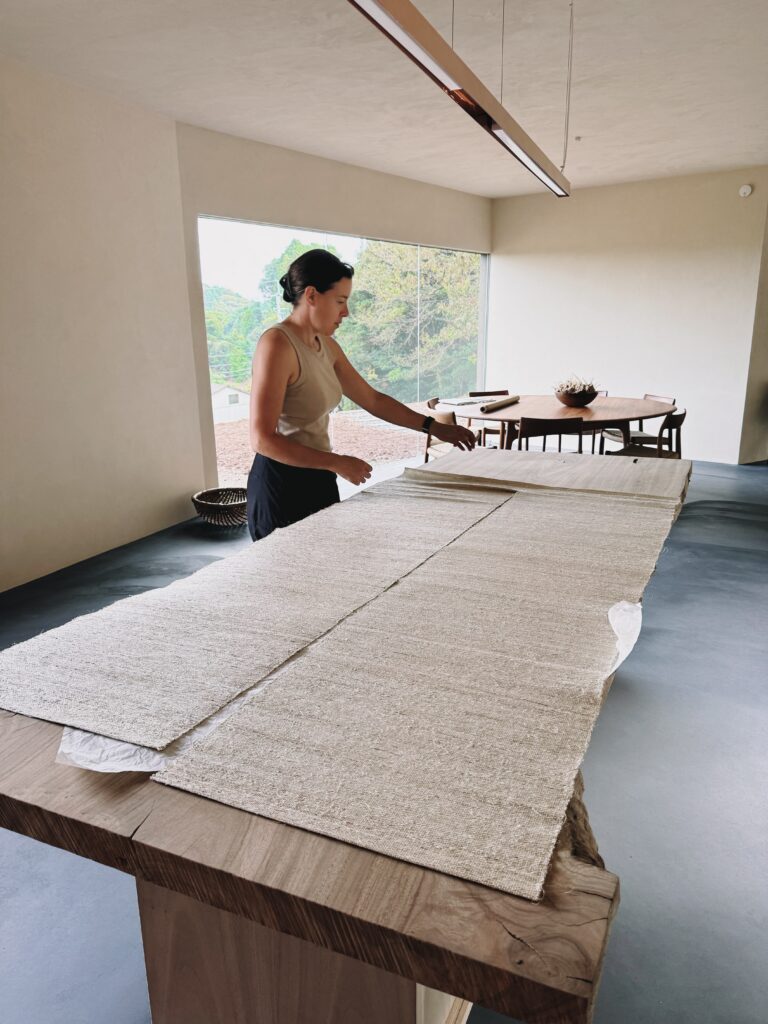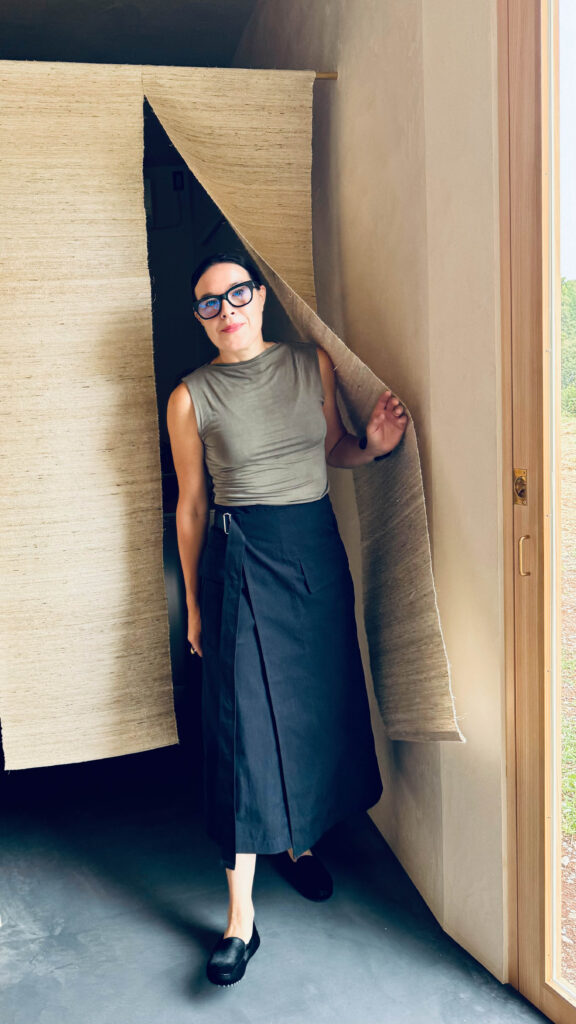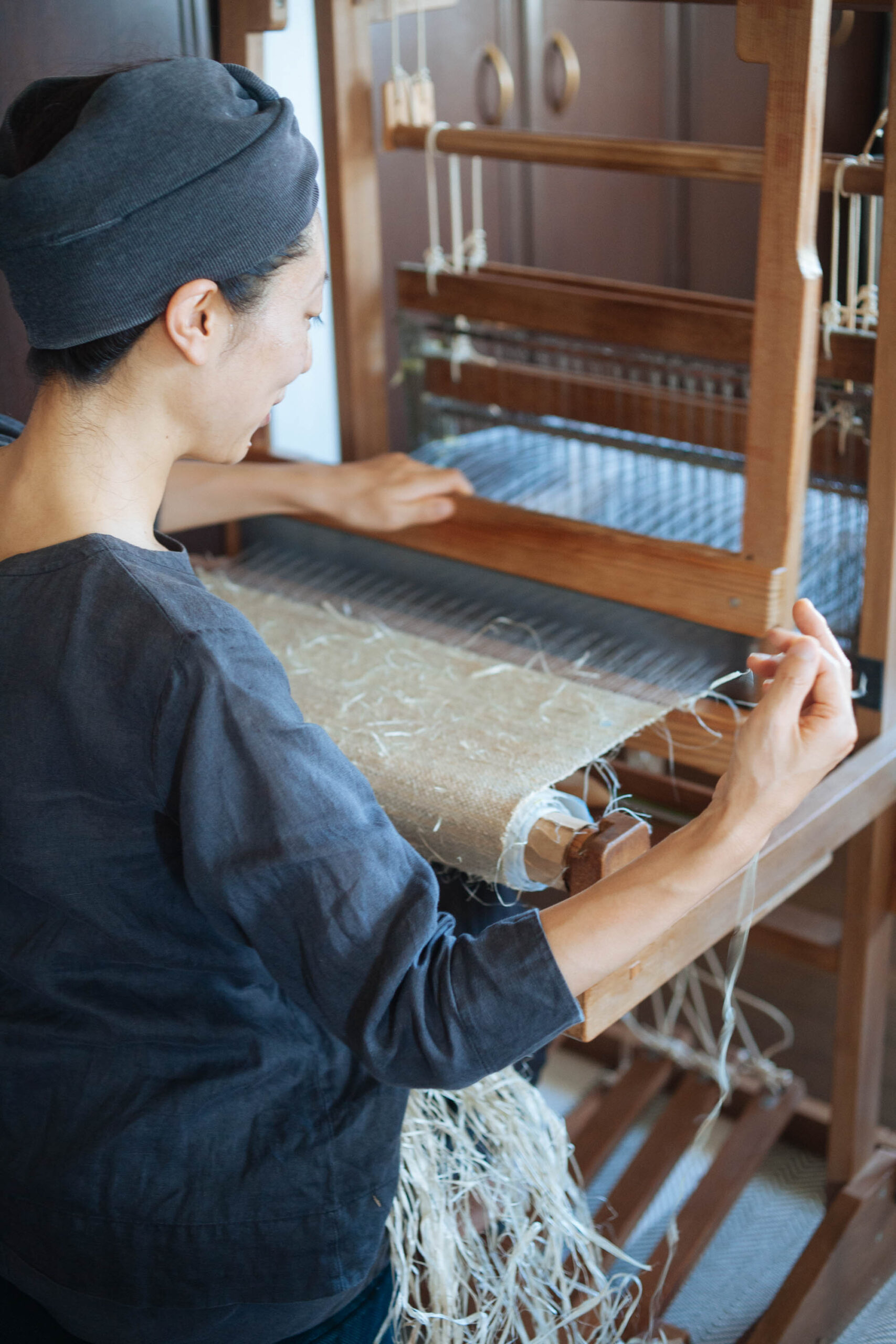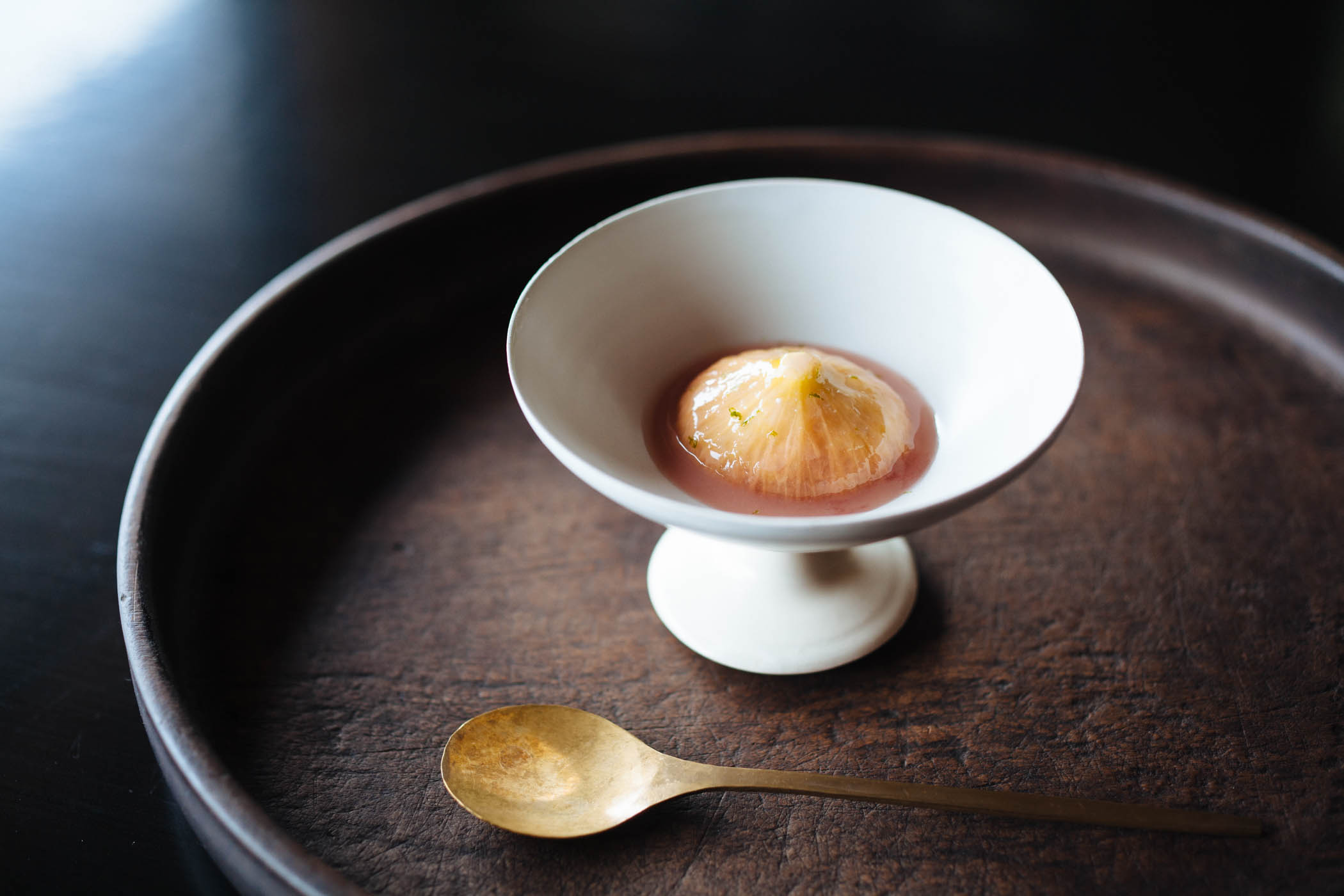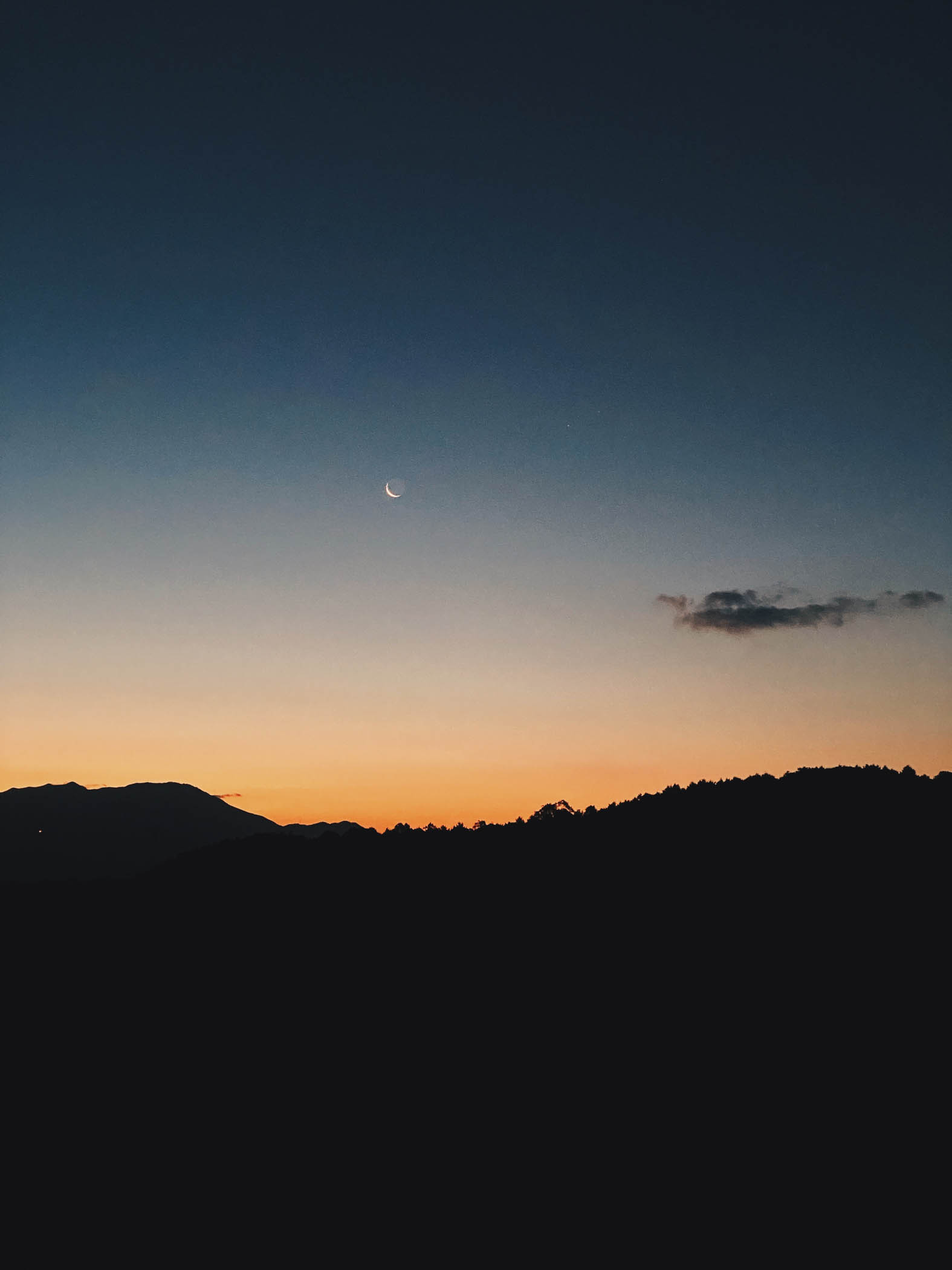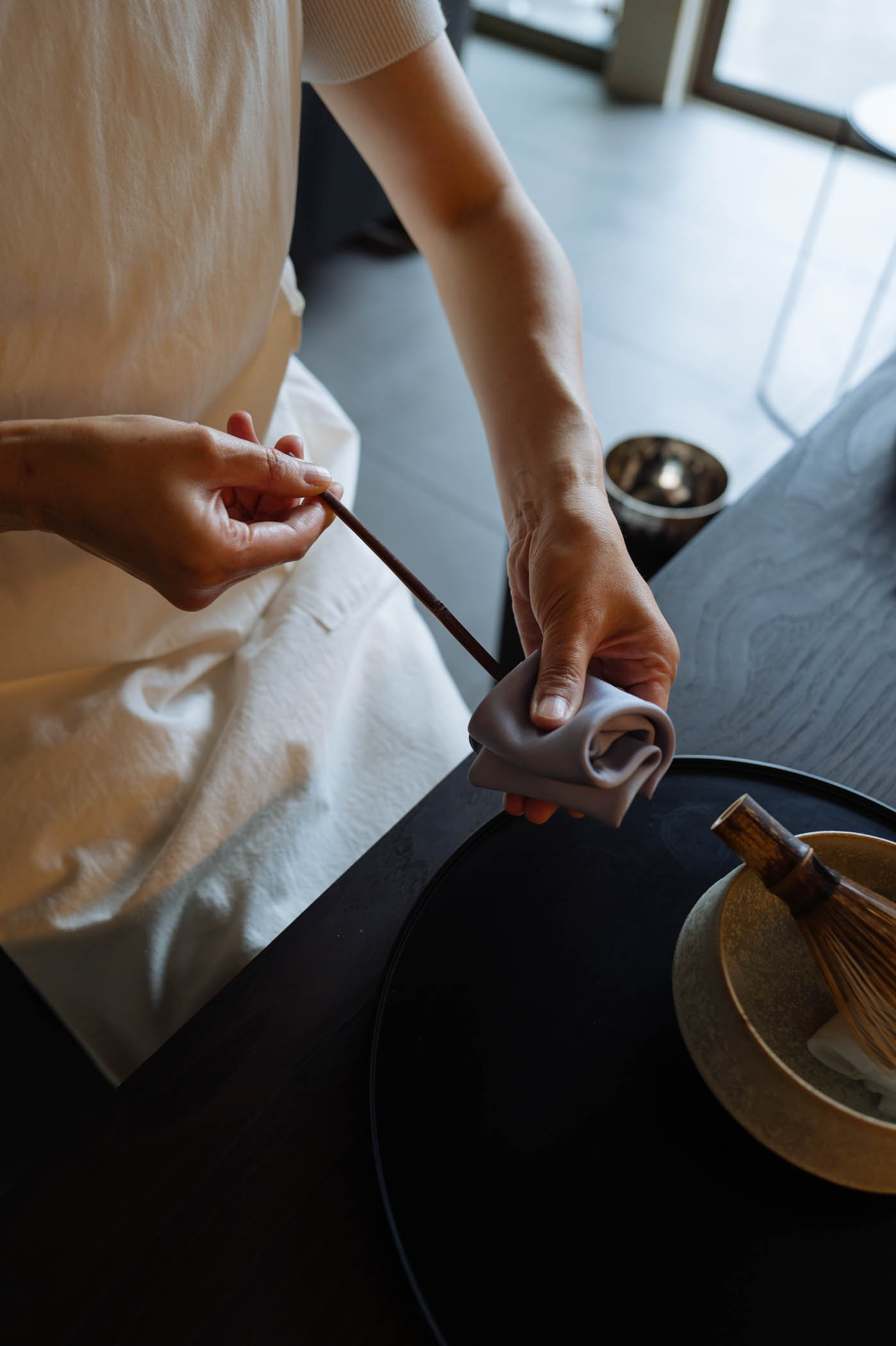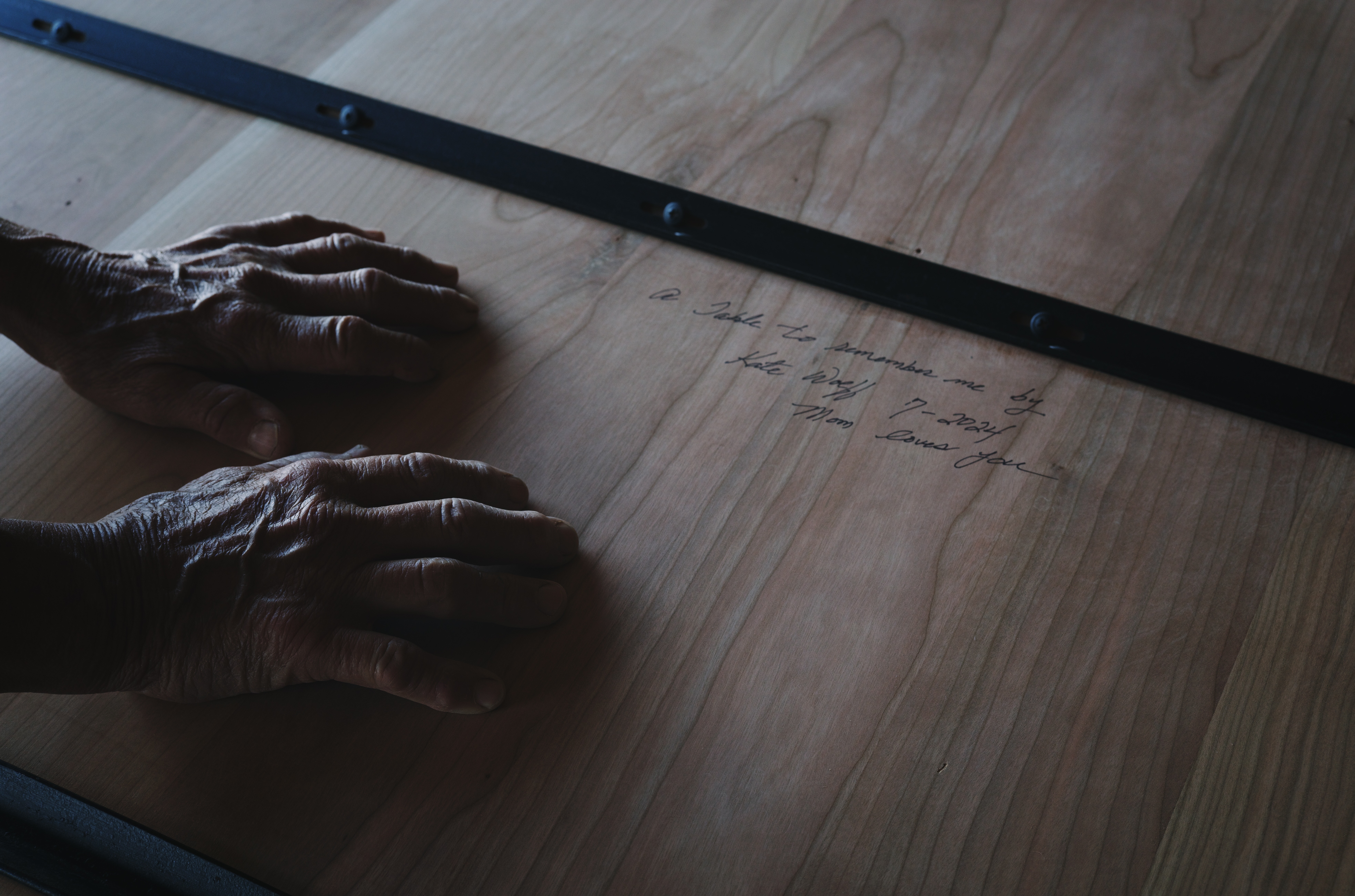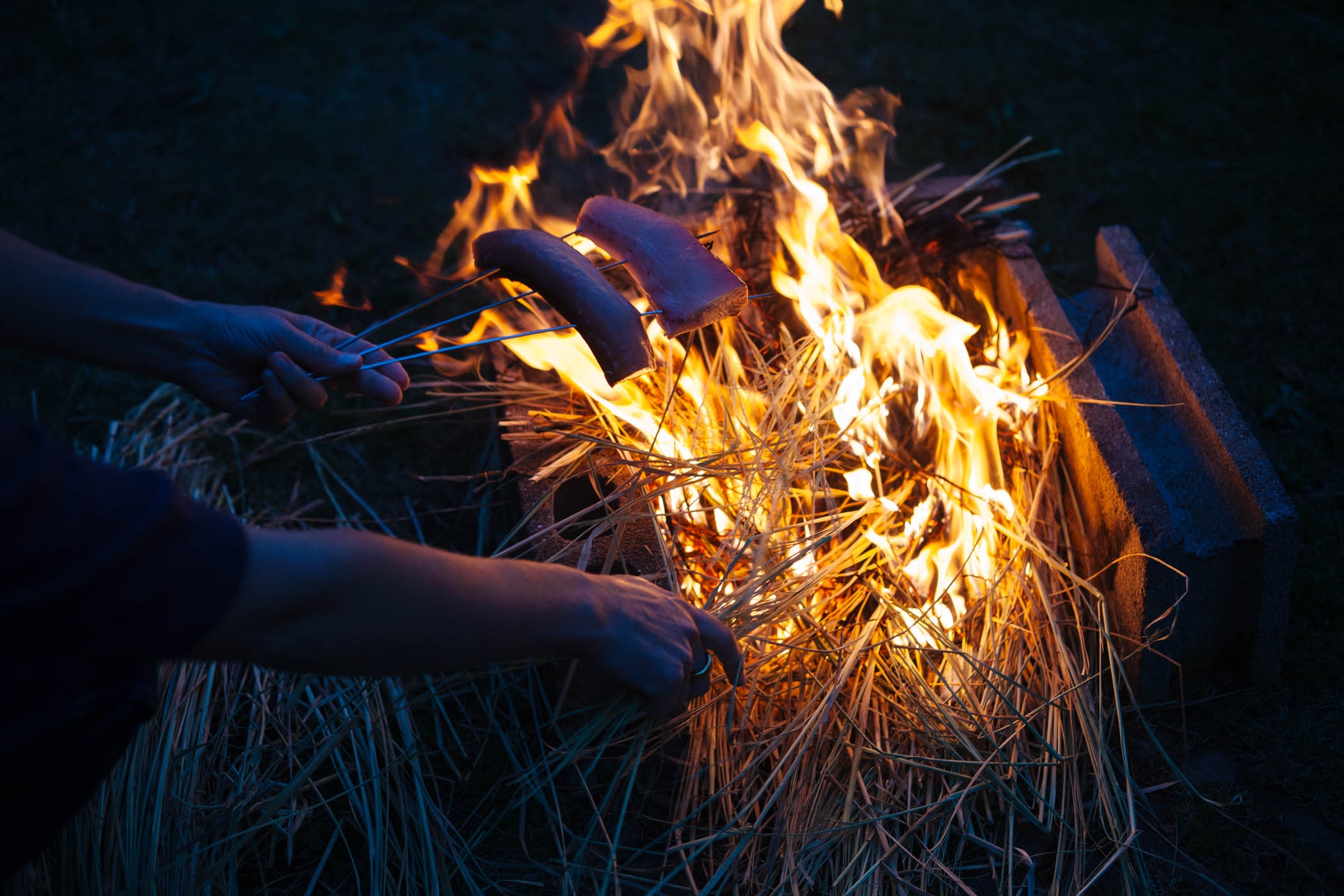When Yuki left Tokyo at the start of the pandemic, she returned not just to her hometown of Itoshima, but to a slower, older rhythm. Each day she walked. And each day, the kudzu vines she passed seemed to lengthen between her departure and return — an almost supernatural growth, urgent and unashamed.
Kudzu is everywhere in Japan, a green tide swallowing hillsides. But Yuki didn’t see nuisance — she saw vitality. She began to steep its leaves and flowers for tea, learning its taste. Then she steeped herself in its history: before cotton and linen came to Japan, kudzu fiber clothed the body and the home. Only one family still knew how to coax the vines into threads. Yuki went to them.
She learned the summer work: cutting the vines, boiling them until their tough green skins softened, wrapping them in beds of silver grass to ferment, then carrying them to mountain streams cold enough to sting. There, she would strip away the fermented husk, revealing the pale inner fibers — strong, silken, and waiting to be woven.
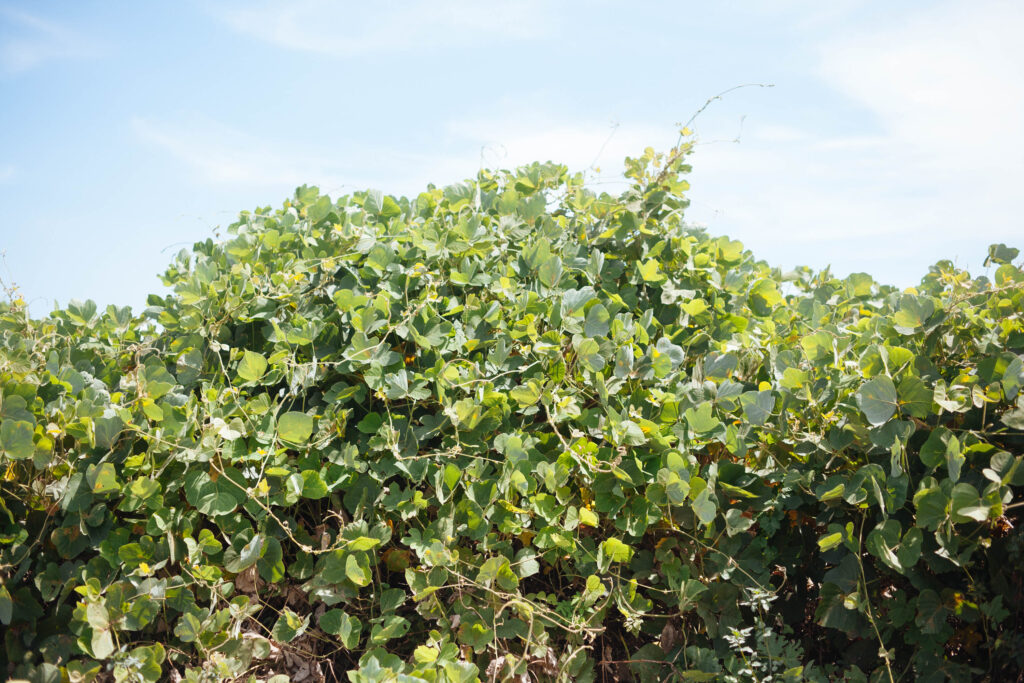
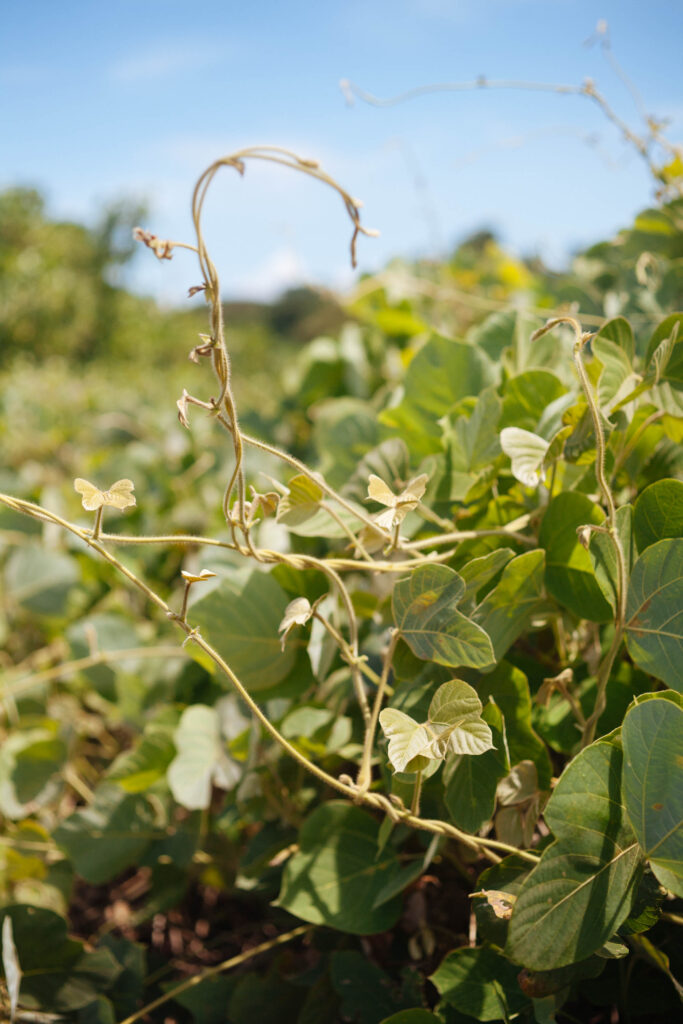
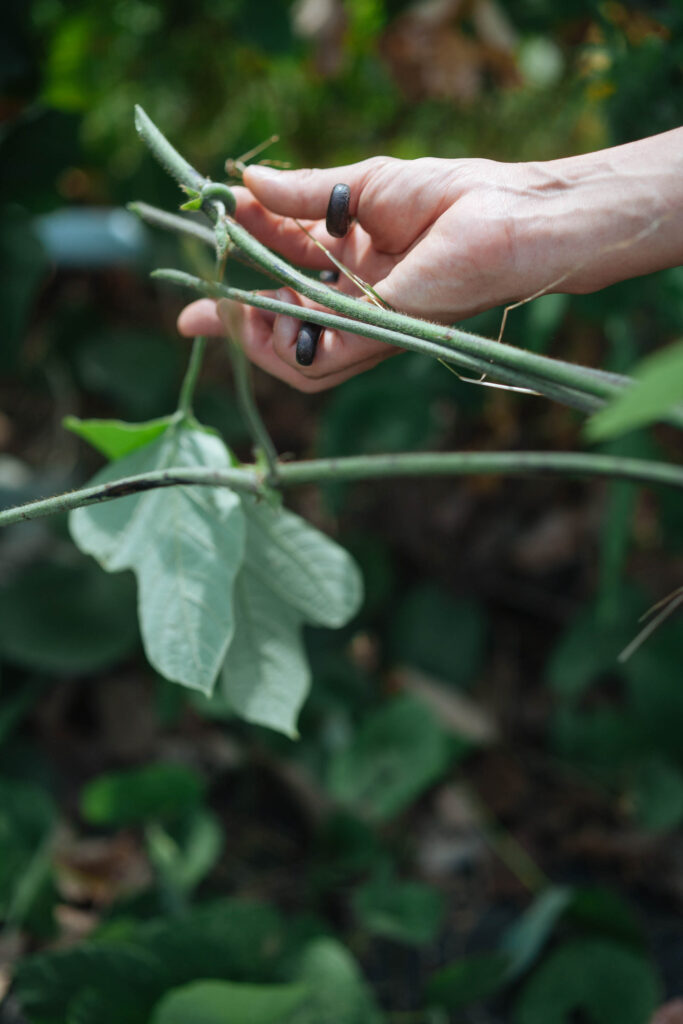
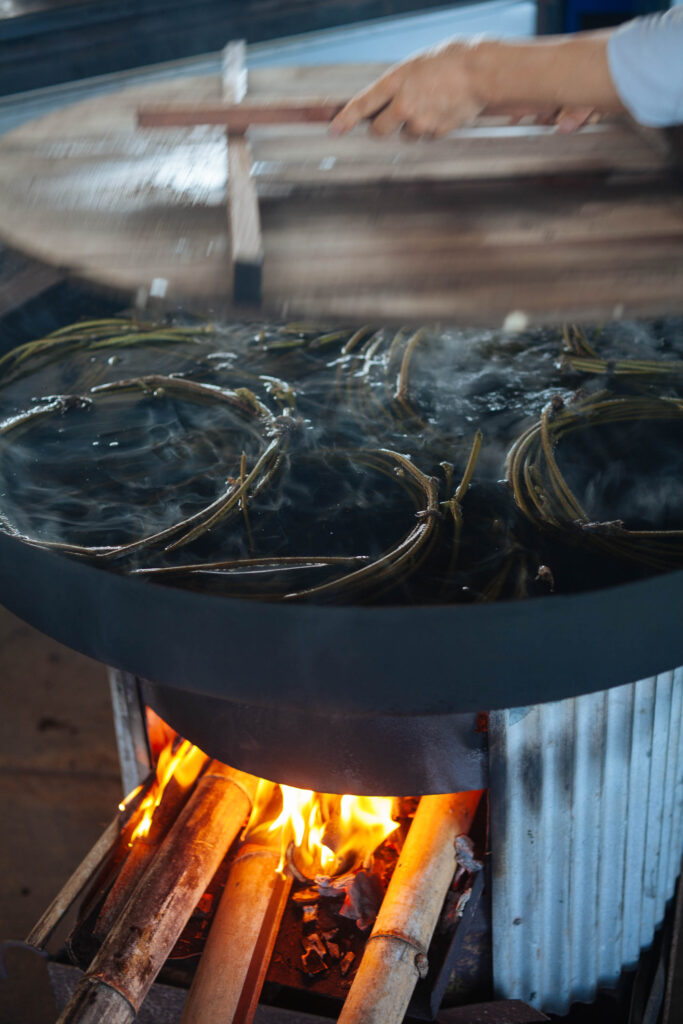
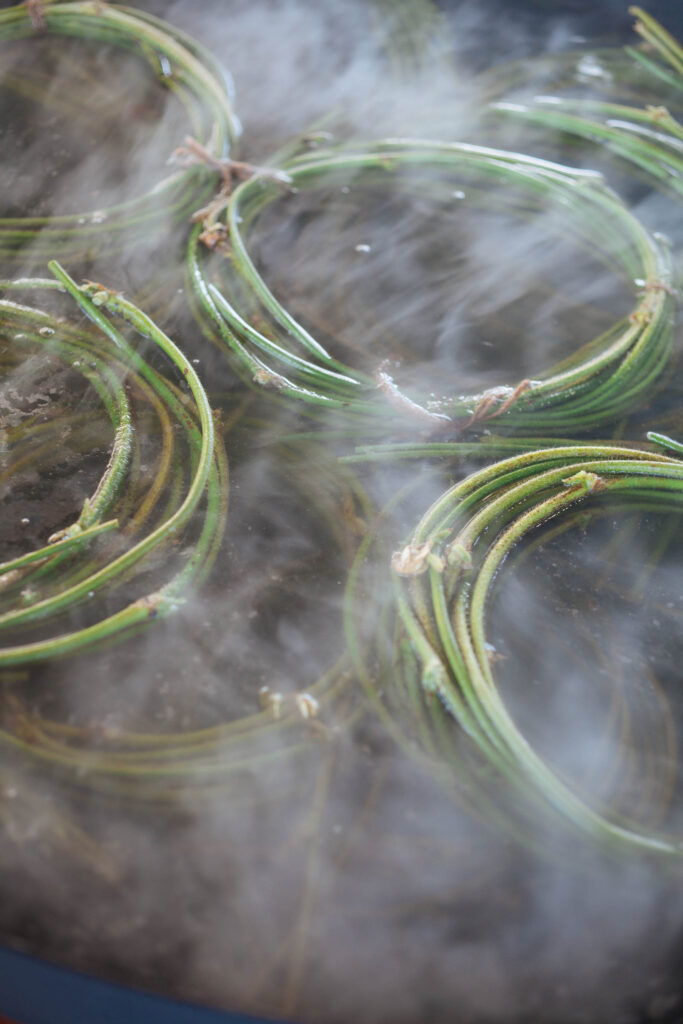

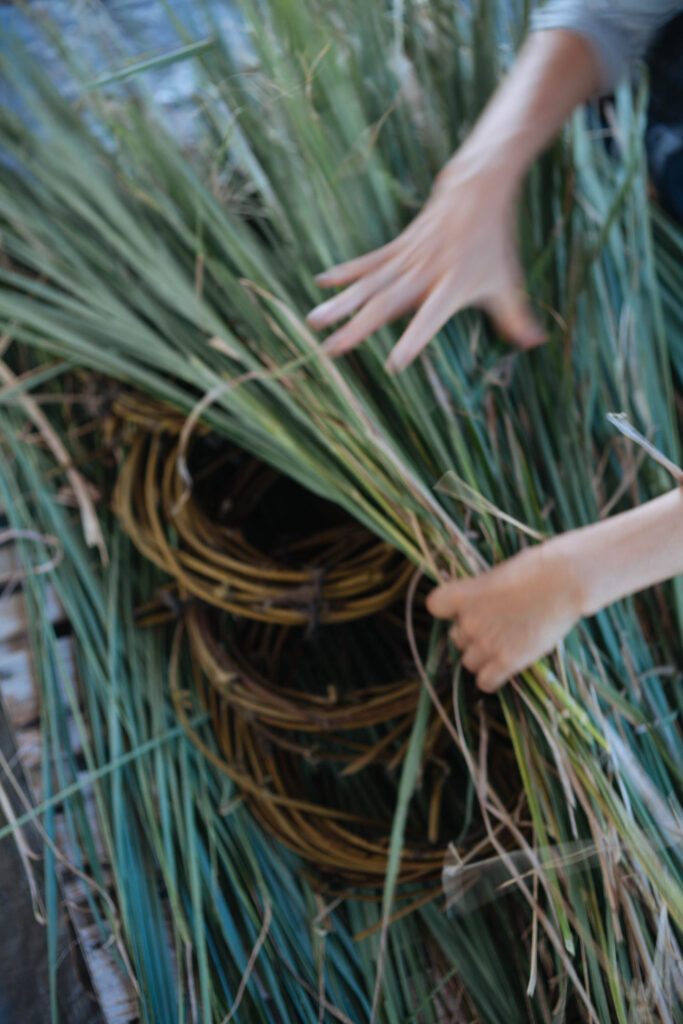
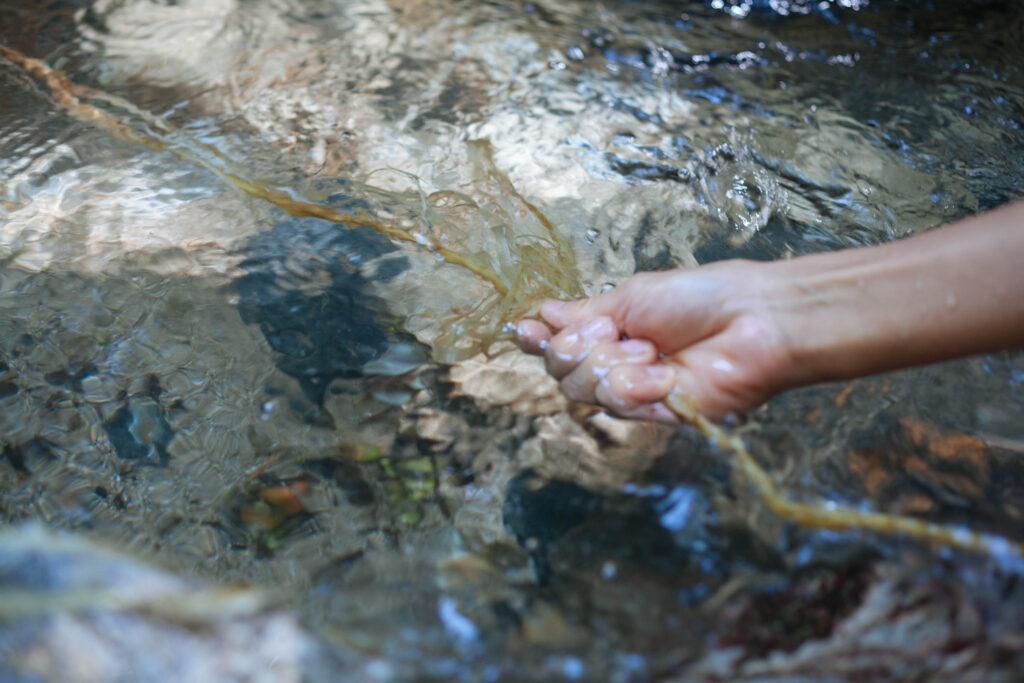

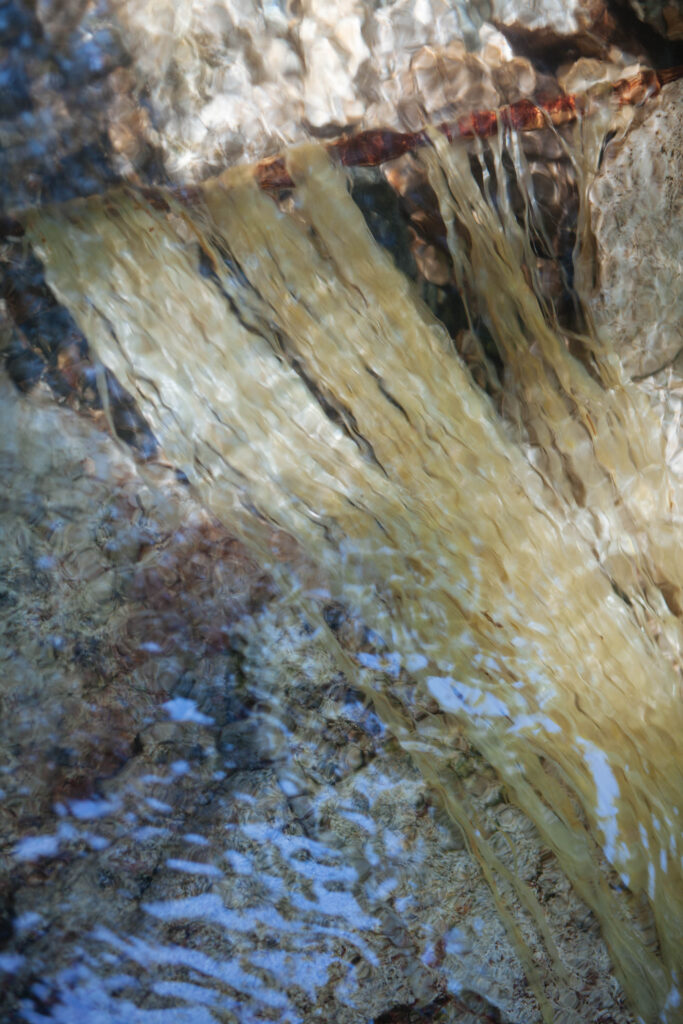
At first, this work itself was enough. But as her bundles of kudzu thread grew, the loom called to her. And so she began to weave— obi, wall hangings, tapestries that held both the tensile strength and quiet flexibility of the plant itself.
It was just then, as I was building the new Mirukashi Salon, that I first saw her weavings. I needed a noren, a Japanese curtain, for a hallway in the salon. Her work felt inevitable in that space.
I returned early from my summer in Maine that year, to oversee the final stages of the build. August in Kyushu was thick with heat and humidity, but I joined Yuki in the fields. We coiled vines, boiled them, packed them into silver grass, waited for fermentation to work its invisible alchemy. We carried them into the mountain to a stream, uncoiling and coaxing away the softened husks until the pale inner fibers slipped free.
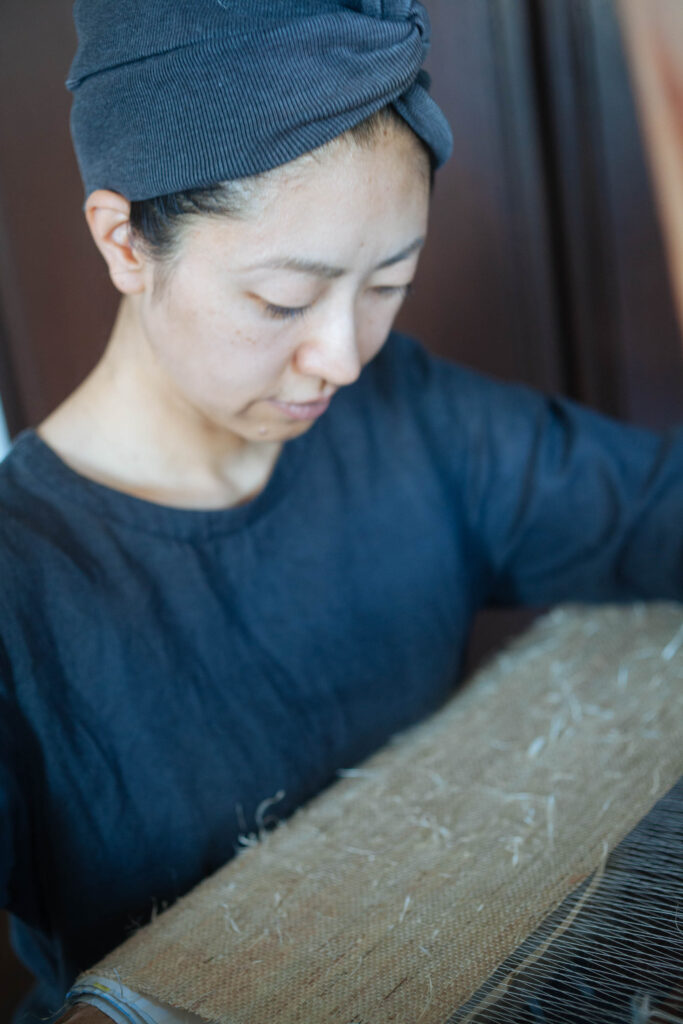
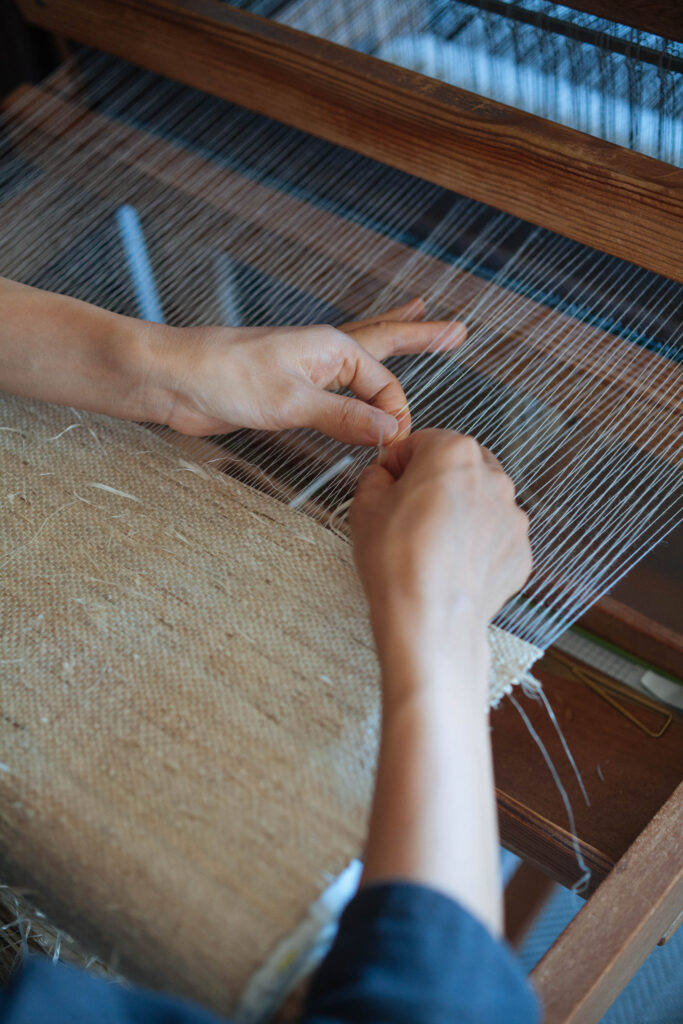
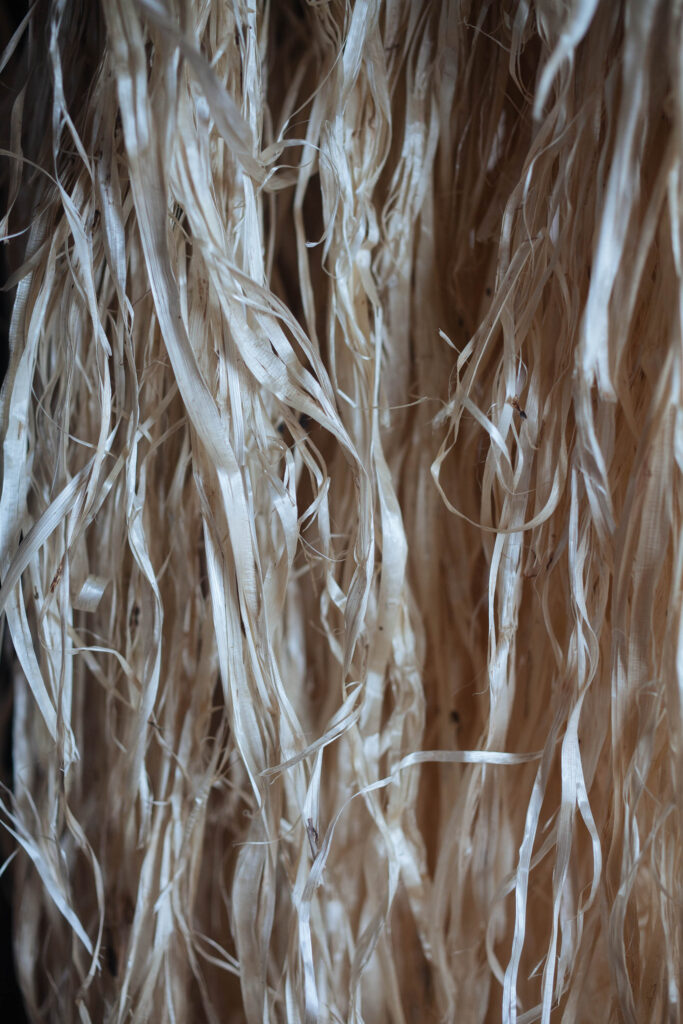
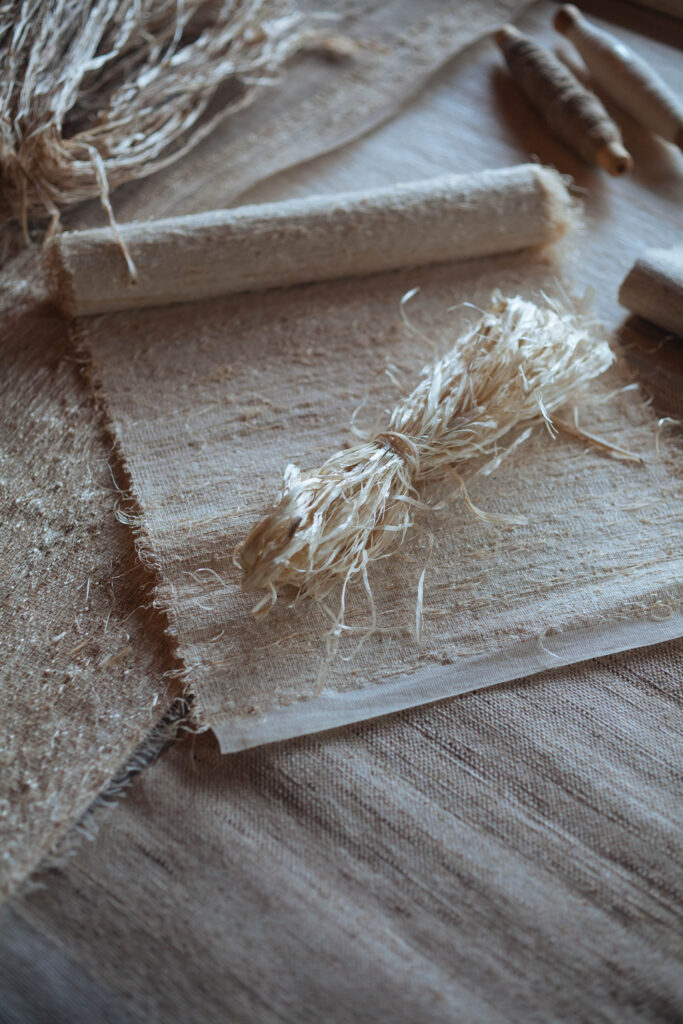
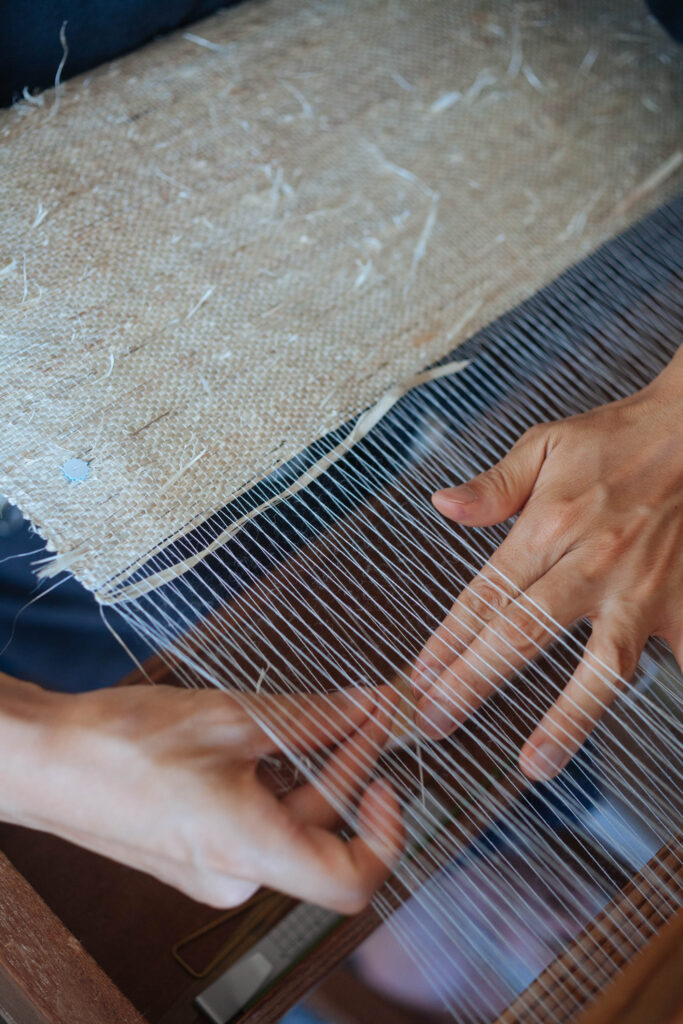
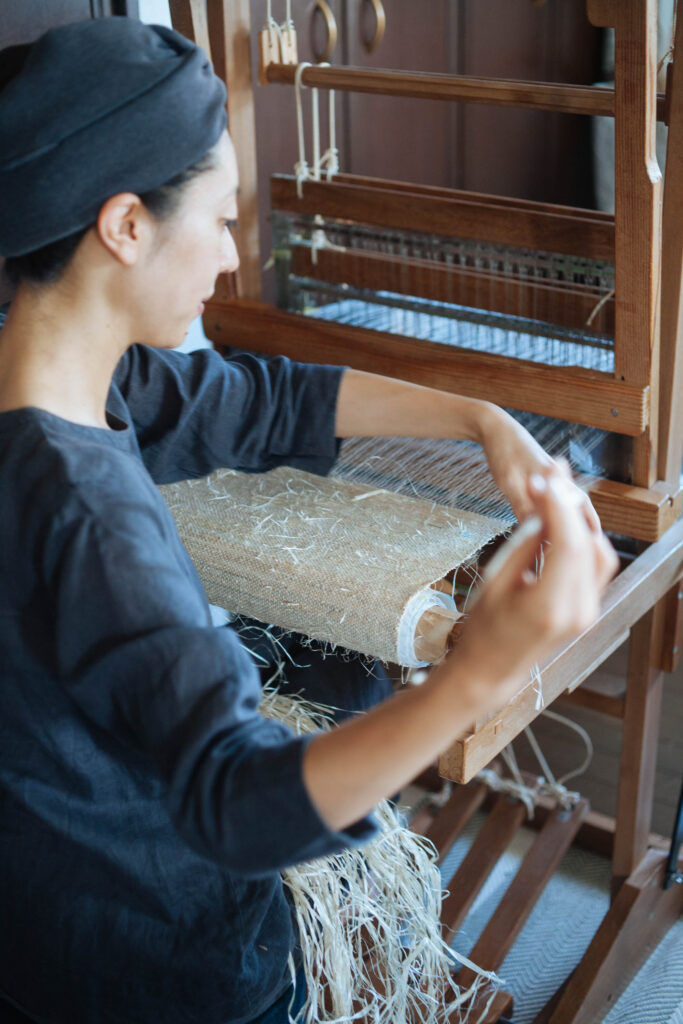
The salon is a home for many homages: my mother’s table, Hanako’s pottery, Hana and Hector’s architecture, cherry wood from Vermont, camphor from Saga. Every element — ingredient, object, action — is chosen with care, carrying its own story.
And there, in the heart of it all, hangs Yuki’s noren — a piece woven of place, of friendship, of deliberate and patient craft — shimmering in the light, as though the vines themselves had been reaching toward this threshold all along. A reminder that beauty can be both wild and delicate. That strength can be supple. That what we pass through shapes us, just as the vines shaped this noren, and that we, in turn, leave our trace upon it
